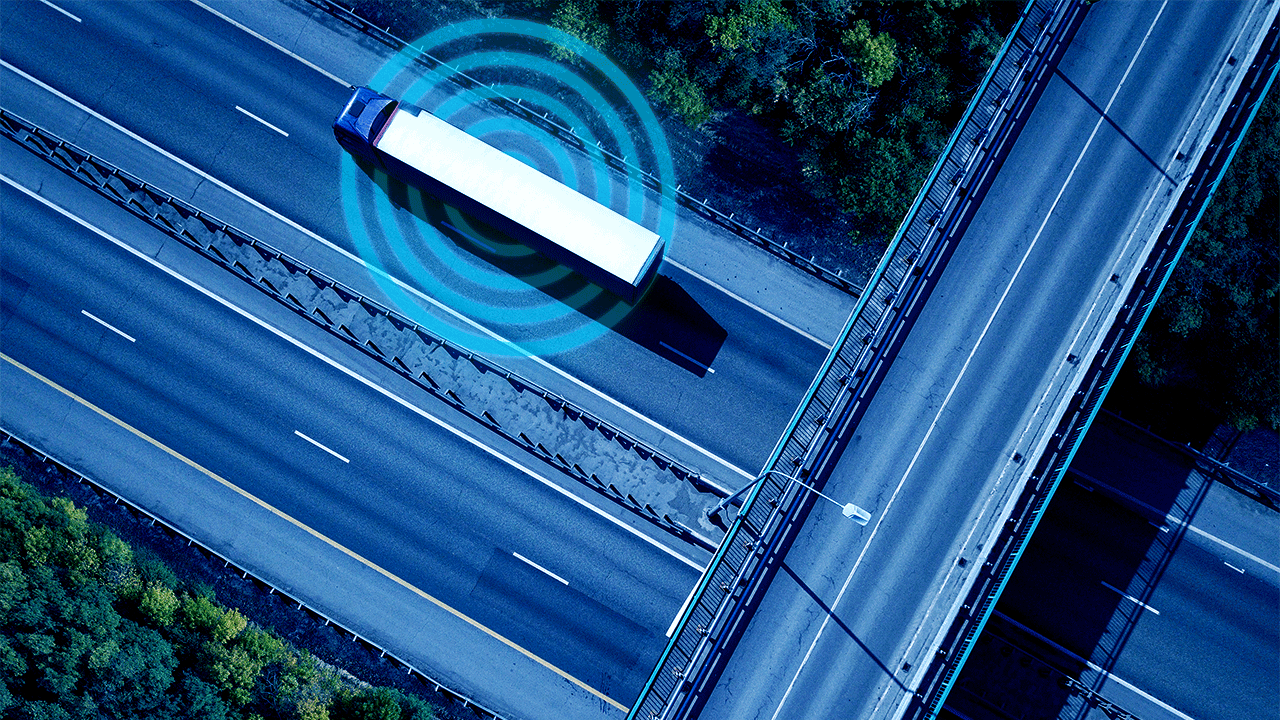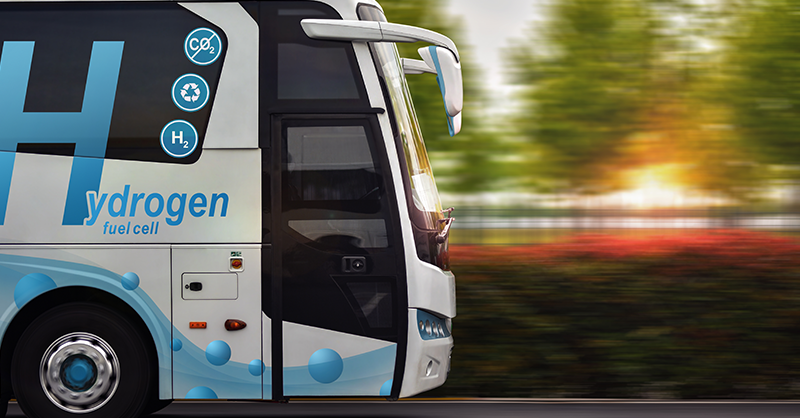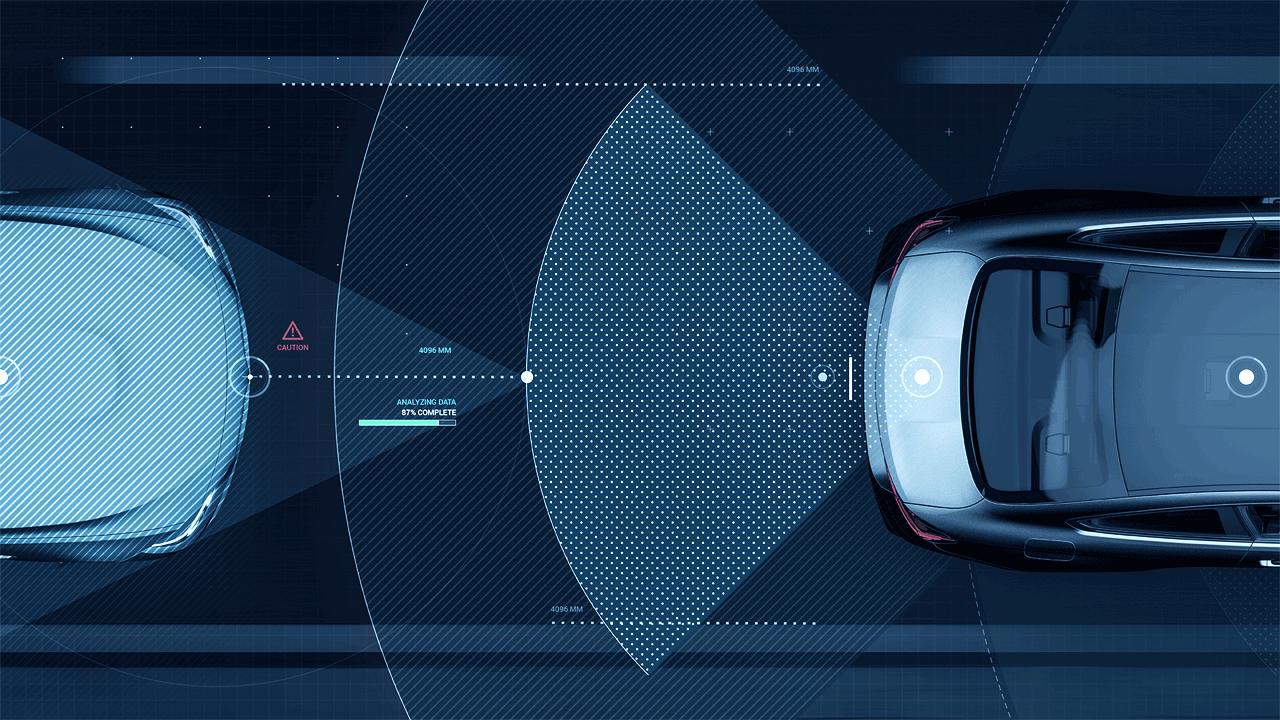Did the Jetsons Predict the Future of the Transportation Industry?
Since the early 1960s, Americans have been enamored with the animated sitcom “The Jetsons” and their depiction of a futuristic, space-like utopia....
Unlock Engineering Insights: Explore Our Technical Articles Now!
Discover a Wealth of Knowledge – Browse Our eBooks, Whitepapers, and More!
Stay Informed and Inspired – View Our Webinars and Videos Today!
Exploring the future of software-defined vehicles through expert insights.
4 min read
 Steve Neemeh
:
May 6, 2024 11:11:28 AM
Steve Neemeh
:
May 6, 2024 11:11:28 AM

Table of Contents
In the early 20th, century, the automobile was a revolutionary technology.
Increased personal mobility created new economic, social, and recreational opportunities that changed the American landscape. In the early 21st century, the automobile is a revolutionary technology. Increased personal mobility created new economic, social, and recreational opportunities is changing the American landscape again. While I apologize for making the audience read the same statement, the statement does stand. We are undergoing a significant change in the way we transport ourselves and our goods. So, what is ISO 26262 functional safety in transport vehicles? The world is electrifying the powertrains, optimizing power utilization, adding features that connect the drivers to the world, and sensors to relax the driver and provide an experience that 100 years ago was unimaginable. From a safety perspective, we can learn from the last revolution.


The figures above show examples of how safety evolved. Drivers owned the road and were the primary source (and blame) for safety on the road. Over time, manufacturers began to own parts of the safety spectrum, and then governments started to own some aspects of it. The pattern is clear. Technology pushes the boundaries and provides a value that consumers desire but may be unsafe in some ways. Public outrage ensues, governments regulate, and on and on it goes. Today, we have drunk driving or DWI laws, roll-over protection, and shatter-proof glass.
Fast forward to 2024, NHTSA tests ADAS features as shown below.

These tests are done after the fact when the vehicle has been built and the engineering is relatively complete. While that provides some protection for the consumer, it does not account for the extensive complexity increase of software and electronics being installed on these vehicles. In other safety industries, the development process and electronics and software integration are reviewed, tested, and formalized throughout the development process. The goal is to protect from unreasonable harm for the consumer. Even before having full self-driving, the NHTSA recalls were mostly related to the misbehavior of software and electronics in production (see examples below).

ISO 26262 is an international standard that addresses functional safety in the automotive industry. Its scope encompasses the safety of electrical and electronic systems within road vehicles, aiming to prevent hazards caused by malfunctioning electronic systems. The standard applies to the entire automotive supply chain, including manufacturers, suppliers, and service providers involved in the development, production, and maintenance of vehicles.
ISO 26262 outlines a systematic approach to managing functional safety throughout the lifecycle of automotive systems, from concept to decommissioning. It provides a framework for identifying safety goals, assessing risks, and implementing safety measures to achieve an acceptable level of risk reduction. The standard emphasizes the importance of integrating safety considerations into every stage of the development process, from requirements analysis and design to testing and validation.
The regulatory conformance for ISO 26262, the functional safety standard in the automotive industry, differs between Europe and the USA due to variations in regulatory frameworks and enforcement practices.
In Europe, ISO 26262 is widely recognized and often considered a de facto requirement for automotive safety. On the other hand, in the USA, regulatory oversight of automotive safety primarily falls under the jurisdiction of the National Highway Traffic Safety Administration (NHTSA), a federal agency within the Department of Transportation. While ISO 26262 is recognized as an international standard for automotive safety, it is not explicitly mandated by US regulations. Instead, NHTSA regulations, such as Federal Motor Vehicle Safety Standards (FMVSS), govern vehicle safety requirements in the USA. However, ISO 26262 compliance may still be relevant for manufacturers selling vehicles in the US market, as it demonstrates adherence to globally accepted safety practices and may be considered in product liability cases or regulatory investigations.
A precedent that has been set for more stringent oversight is seen in the “Grow America Act” of 2015, a bill that included a regulation that would propel functional safety as a mandated standard. This regulation will follow the lead of autonomous driving, and if history serves as a guide, it will occur only after the public has been harmed. The recent news shows the beginning of a pattern.

In the 2018 revision 2 of ISO 26262, cybersecurity was brought into the standard
as a requirement. Your product is not safe if it is not cybersecure.
WP.29, managed by the UNECE, establishes global technical regulations for vehicle safety, environmental performance, and cybersecurity. UN Regulation No. 155 addresses cybersecurity and management systems in vehicles, defining requirements for risk assessment, management processes, and incident response.
ISO/SAE 21434 is an international standard providing guidelines for cybersecurity engineering in automotive. It outlines processes for managing cybersecurity risks throughout vehicle development, production, operation, and maintenance.
ISO/PAS 5112 complements ISO/SAE 21434 by offering guidance on cybersecurity management for automotive suppliers. It helps suppliers understand their roles
and responsibilities and provides recommendations for implementing cybersecurity processes and controls.
These standards emphasize the integration of cybersecurity into the vehicle development lifecycle and promote a systematic approach to identifying and mitigating risks. Adherence to these standards enhances collaboration between manufacturers, suppliers, and regulatory authorities, strengthening the industry's resilience against cyber threats.
In summary, WP.29, UN-R155, ISO/SAE 21434, and ISO/PAS 5112 collectively contribute to enhancing cybersecurity practices in the automotive sector, ensuring vehicles are designed, manufactured, and maintained with adequate protection against cyber threats. The challenge is in the implementation of those standards, which cross the entire landscape of most manufacturers (engineering, operations, IT, etc.).
Providing full self-driving capability has proven to be much more complex than initially thought and companies have pulled back investment in the technology as some of the regulations, standards, and infrastructure catch up with the exuberant expectations. The business case is sound for autonomous driving, whether it pertains to saving lives, or even reducing fuel consumption and streamlining transportation which still functions based on an outdated 1956 federal highway act. When will we have the Federal Autonomous Transportation Act?
Fundamentally, if we look at autonomous driving from the lens of the manufacturer, validation, and safety will be based on a spectrum of platforms that all lead to a safety case. The spectrum spans from real-world driving to pure simulation. Safety will not
be a deterministic yes or no answer. It will likely be a statistical probability based on
big data provided by a system of systems, developed specifically for this purpose.
Today available tolls are developed mostly for one or more of these purposes,
but not to meet specific regulations or standards for safety. For trustworthiness to increase so will the development of these environments.


History has shown us patterns we can learn from. Technology is developed that provides the public with tremendous quality of life improvements. Left unchecked, it can harm and sometimes deliver carnage, which leads to public outrage and eventual regulation. Signs all point to this being true once again for autonomous driving, with safety regulations not far behind.

Since the early 1960s, Americans have been enamored with the animated sitcom “The Jetsons” and their depiction of a futuristic, space-like utopia....

1 min read
Adapting Fuel Cell Technology From Off-Highway to On-Highway The transportation industry is quickly dominating fuel cell technology, owing to the...

1 min read
In the ever-evolving landscape of automotive technology, researchers and engineers are at the forefront of developing and refining the most...